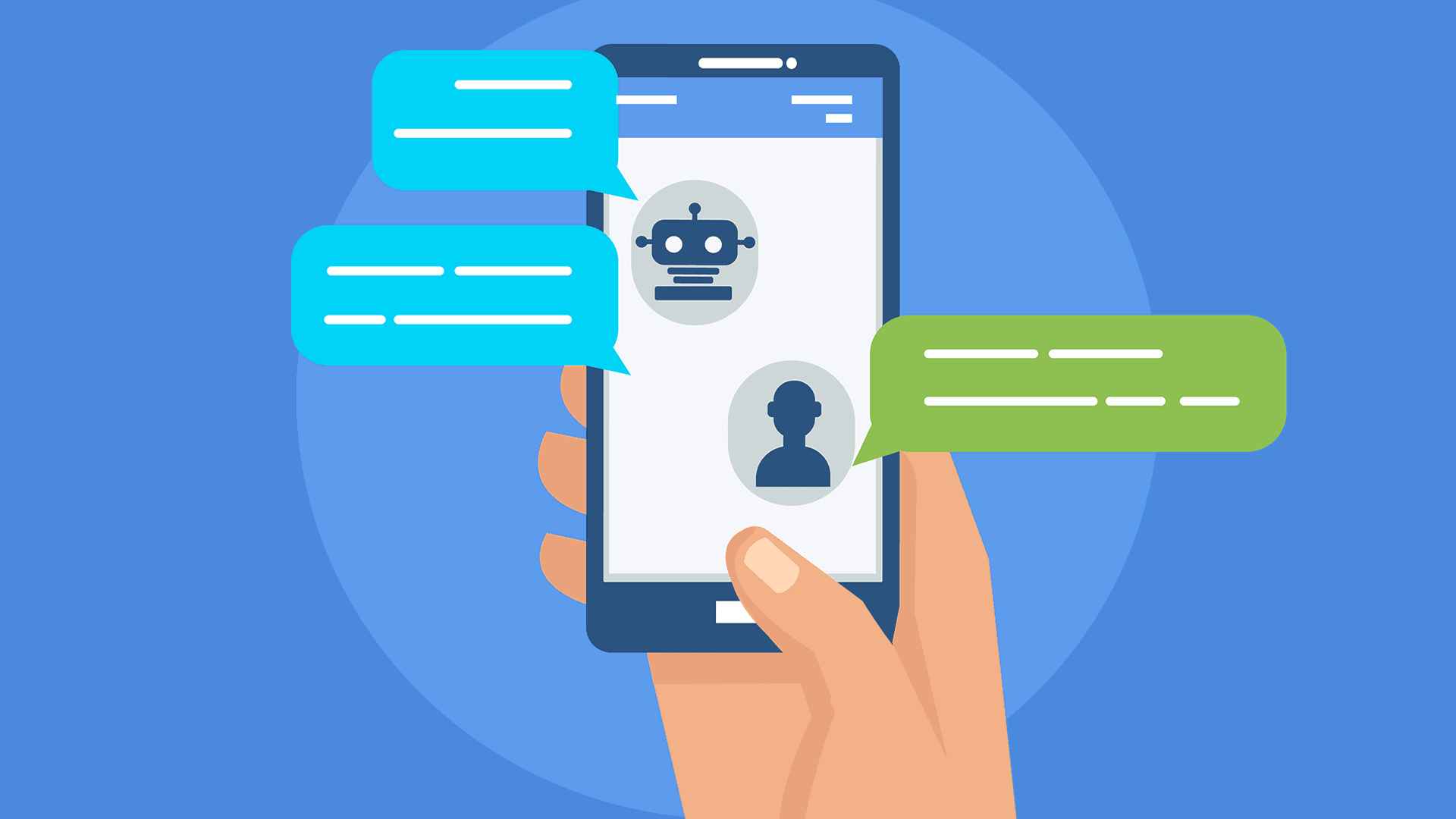How to Create a Multilingual AI Bot for Your Business

Chatbots provide 24/7 customer support. However, a multilingual chatbot is doubly effective because it handles queries in different languages and provides support to users from different countries. This is how chatbots attract new customers and increase sales. Creating your own multilingual chatbot takes several steps, which we’ll walk you through.
How are Multilingual Chatbots Used?
Multilingual chatbots have a wide range of applications in various fields, providing responsive support to customers around the world in their native language or the language they are most comfortable with.
• Chatbots help answer customer questions, send promotional offers, and confirm product returns.
• Chatbots allow customers to make an appointment with a doctor, answer health-related questions, and provide the opportunity to receive advice from a foreign specialist.

What is the Reason for the need of Multilingual Chatbots for Businesses?
In the digital age, companies need to expand their online presence. With a multilingual chatbot, you can serve worldwide without any communication barriers. With this feature, your business will gain an edge in the international market and increase sales as customers have 24/7 chatbot support.
This innovation is possible to use in the business strategy for providing a unique customer experience.
How to Create Multilingual AI Bots?
Building an AI chatbot is a step-by-step process. The result is a bot that effectively interacts with international clients.
1. Create a chatbot on a specialized platform, following its instructions and choosing the desired features. Then select the languages you need.
2. Before launching and testing your chatbot, enter predefined answers to the most popular questions. To test a chatbot, you should gather a small group of users who will work with it for some time. Their feedback will help correct errors and increase the accuracy of the chatbot's responses.
3. Transfer the generated chat bot code to the backend of your website.

Options for Creating a Multilingual Chatbot
It is important to understand how to create a multilingual AI bot as it is a significant step towards a global online presence. You can use different approaches, and choosing the right one depends on your business needs, resources, and goals. There are three possible options:
Option #1 – A bot that knows several languages
This approach involves creating and training one bot in multiple languages. This is a popular method because it allows you to create a centralized and streamlined bot management system.
This option has its advantages, such as lower maintenance costs and centralized management. However, initial setup can require significant time and experience, especially if the bot needs to learn many languages.
Option #2 – Separate the bot for each language
Another option you can use is to create a separate bot for each language. Since there is only one language, the bot will be maximally optimized for communication with the client base, taking into account cultural nuances and common phrases.
This option ensures that each language receives a personalized and immersive experience. However, this can increase maintenance work and costs since you will have to update and manage each bot individually.
Option #3 – Use machine translation to create a bot in one language and use any language
The third approach utilizes machine translation to enable a bot that chats in one language to converse in any language. This is achieved by translating the user's input into the bot's default language and the bot's response back into the user's language.
This option has the advantages of both previous methods: it is cost-effective, requires less training, and provides the ability to serve customers in any language.
The option you choose should match your business goals and resources to improve the customer experience.

Multilingual AI Chatbot Training
In order to be a successful communication tool, a chatbot, like a human, must learn a language to communicate with customers. Therefore, the process of its learning must be controlled and several factors taken into account:
• Context: The user's request implies a certain context based on which the chatbot provides an answer. Without this context, the chatbot won't be able to comprehend the user's request.
• Language Autodetection: If the chatbot can automatically detect the user's language, it will be able to provide an answer instantly. This makes interaction with the chatbot more convenient.
• Constant learning: Chatbots learn by training, so you need to constantly recheck and update the training data. As a result, the chatbot will quickly adapt to changing user requests.
• Failsafe Mechanism: In some cases, chatbots encounter requests that they are unable to process. Creating and training a chatbot requires a failsafe mechanism to transfer requests from friends to working agents.
By taking all of these factors into account when training the bot, it'll become more effective and convenient when customers interact with it.

Testing a Multilingual Chatbot
Testing is a step that should not be skipped because it helps to discover errors and aspects that need to be improved.
• Functionality: Make sure your chatbot works as it should and does its job. Are there any problems processing requests in different languages? How quickly and accurately does he respond?
• Performance: Ensure that your chatbot is capable of handling multiple requests simultaneously without experiencing any glitches. To check this, you should run a stress test.
• User Acceptance: Give a small group of users access to your chatbot to evaluate its performance. Based on their feedback, you can analyze its effectiveness.
Conclusion
In today's world, where globalization and internationalization are becoming increasingly important, multilingual chatbots provide undeniable benefits for both businesses and users. These systems have the ability to communicate in several languages, which helps expand the geography and potential audience of the company as well as improve the level of service.
